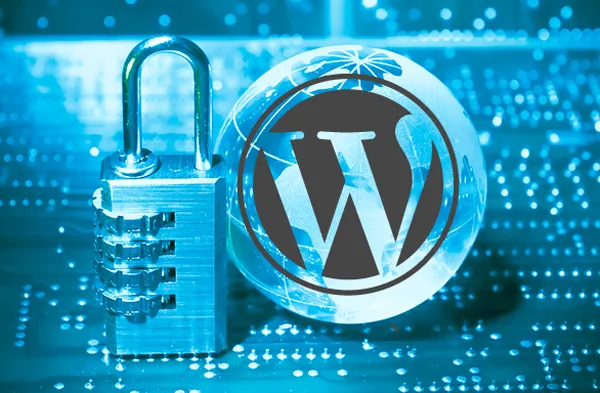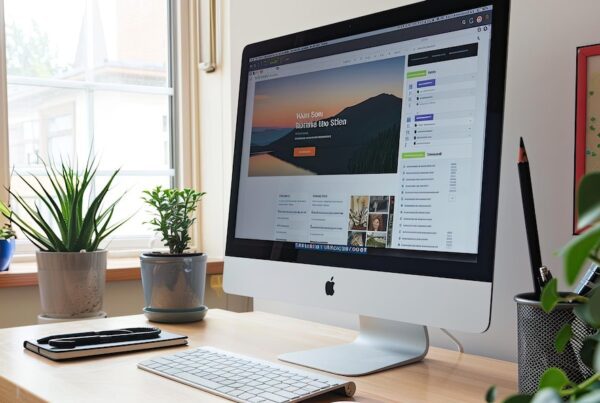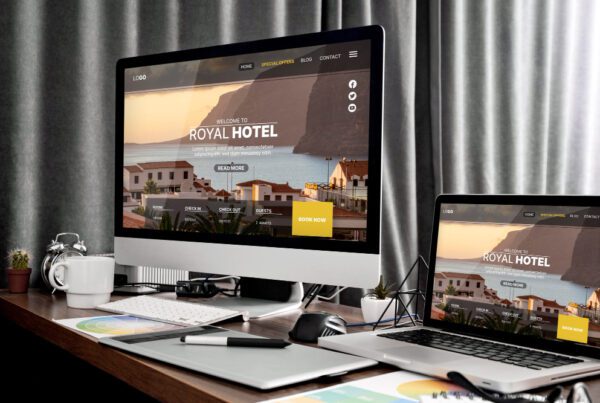WordPress, a robust platform for WordPress Website Development and WordPress Website Design, powers millions of websites globally. Its popularity, however, makes it a prime target for cyberattacks. To safeguard your digital presence, follow these ten essential steps.
Step 1: Keep WordPress Core Updated
Regularly updating your WordPress core is crucial for WordPress Website Development. Outdated software contains vulnerabilities exploited by hackers. Enable automatic updates whenever possible. Check for updates regularly on the WordPress dashboard and prioritize core updates over themes and plugins. After updating, meticulously test your website to ensure optimal functionality.
Step 2: Update Themes and Plugins Regularly
Ensuring your WordPress themes and plugins are up-to-date is vital. Outdated extensions can introduce security risks. Regularly check for updates and apply them promptly to maintain a secure website.
Step 3: Choose a Strong and Unique Password
A robust password is your initial defense against unauthorized access. Avoid easily guessable information and opt for a complex combination of letters, numbers, and symbols. Utilize a strong password manager to securely store complex passwords. Enhance security by enabling two-factor authentication, requiring a second verification method.
Step 4: Limit Login Attempts
Configure your WordPress settings to block IP addresses after multiple failed login attempts to deter brute-force attacks. This measure helps protect your website from unauthorized access.
Step 5: Install a Reliable Security Plugin
A reputable security plugin provides an extra layer of protection by monitoring your website for threats. Research and select a plugin with positive reviews and consistent updates. Configure the plugin to align with your website’s specific needs and maintain it up-to-date.
Step 6: Create User Roles
Assign specific permissions to different user roles based on their responsibilities to minimize potential damage. This practice helps prevent unauthorized access to sensitive areas of your website.
Step 7: Avoid Using the Default Admin Username
Change the admin username to a less predictable option to deter hackers. Using a default username makes your website an easy target for attackers.
Step 8: Regularly Back Up Your Website
Regular backups are crucial for disaster recovery. Create backups of your website on a regular basis and store them securely off-site to prevent data loss in case of a security breach or website corruption.
Step 9: Stay Informed About Security Threats
Stay updated on the latest security threats and vulnerabilities in the WordPress ecosystem. This knowledge empowers you to implement necessary countermeasures to protect your website.
Step 10: Consider a Web Application Firewall (WAF)
A WAF provides an additional layer of security by filtering and monitoring incoming and outgoing network traffic. While not strictly necessary for all websites, a WAF can offer enhanced protection against common web attacks.
By following these steps, you can significantly enhance your WordPress website’s security. Remember, website security is an ongoing process.
At WEBSEOWIZ TECH, a leading Web Development Agency, we prioritize website security. Our experts can assist you in implementing robust security measures to safeguard your WordPress website.











